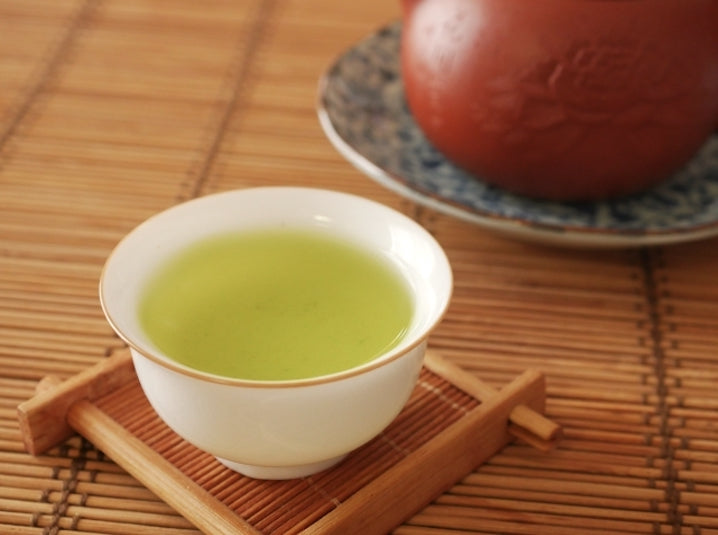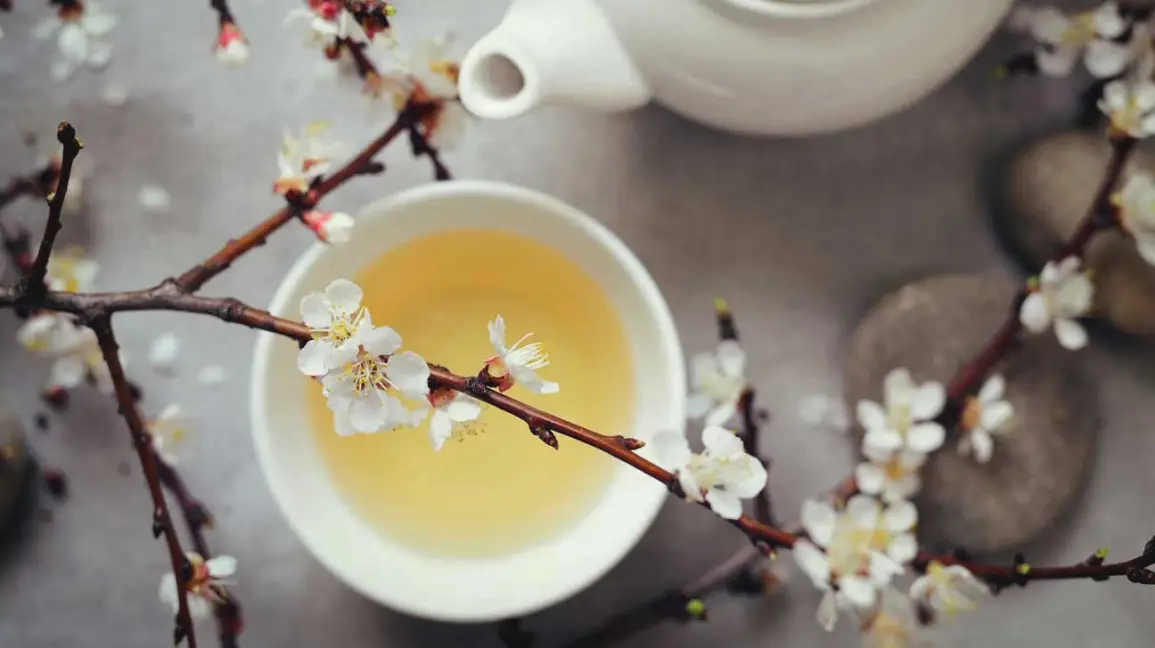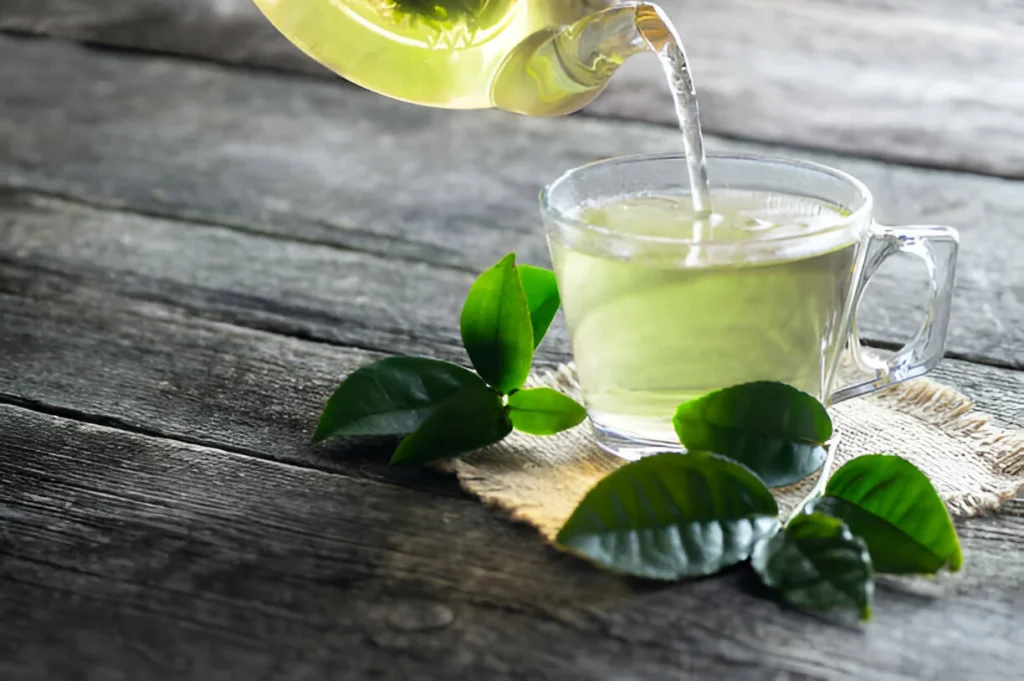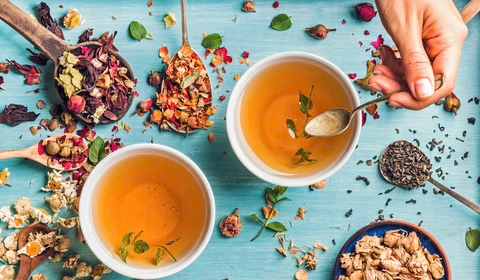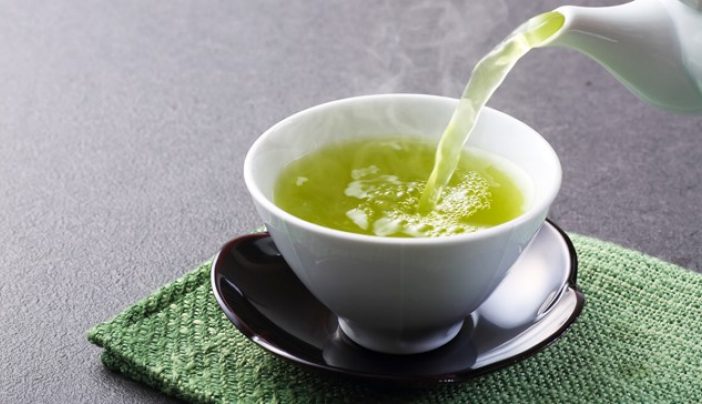Green tea is one of the most talked-about beverages in the world. From its rumored ability to support weight loss and heart health to its inclusion in skincare products like cleansers and shampoos, it’s clear that green tea holds a special place in both wellness and beauty industries. But what exactly is green tea, and why does it taste so distinct from black tea? Let’s dive into the details.
Where Does Green Tea Come From?
Green tea is made from the leaves of the Camellia sinensis plant. In fact, all true teas—green, black, white, oolong, yellow, and pu-erh—originate from this same plant. The Camellia sinensis is an evergreen shrub native to China (its species name, sinensis, means “from China”), but it’s now grown in many parts of the world.
The flavor and quality of green tea are influenced by numerous factors, such as soil, climate, altitude, and even how the plants are shaded or exposed to sunlight. These variables, combined with the skill of tea farmers, create a diverse range of flavors and characteristics. This is why tea enthusiasts often seek out specific tea gardens or regions each season to enjoy their unique offerings.
Why Do Green and Black Tea Taste So Different?
The key difference between green and black tea lies in the way the leaves are processed after they are harvested.
- Oxidation (or Fermentation):
Oxidation occurs when the enzymes in tea leaves react with oxygen. This is similar to how a sliced apple turns brown when exposed to air. During this process, tea leaves darken, and their flavors develop. For black tea, oxidation is allowed to continue until the leaves turn dark brown or black, resulting in bold, rich flavors.In contrast, green tea undergoes minimal oxidation. To preserve its natural green color and fresh, vegetal flavors, the leaves are quickly heated to halt the oxidation process.
How is Green Tea Processed?
The way green tea is processed depends on its origin and the desired flavor profile.
- Steaming (Common in Japan)
Japanese green teas are typically steamed shortly after harvest. This method produces bright green leaves with a fresh, grassy aroma. Steaming times vary depending on the tea type; for example, sencha is usually steamed for 30-90 seconds. After steaming, the leaves are cooled and dried to remove excess moisture. This process results in teas like sencha and kukicha, known for their vibrant flavors and smooth finishes. - Pan-Frying (Common in China)
Chinese green teas are often pan-fried in large woks over an open flame or electric heat. This method imparts a nutty, slightly smoky flavor and results in a more muted green color. Teas like Chun Mee are great examples of this style, offering robust and earthy notes. - Withering and Drying
In some cases, tea leaves are spread out on bamboo racks or straw mats to dry under the sun or with warm air. This step helps reduce moisture while preserving the tea’s natural character.
After the initial processing, green tea leaves undergo further drying, rolling, and shaping. These steps not only enhance the tea’s flavor but also affect its appearance and shelf life. Once the tea is ready, it is sorted, graded, and packaged for distribution.
How to Brew Green Tea Perfectly
Brewing green tea is an art, but it’s not as intimidating as it sounds. A few simple tips can help you enjoy its delicate flavors without the bitterness that comes from improper preparation.
- Water Temperature
The biggest mistake people make is using boiling water. Boiling water “shocks” green tea leaves, extracting harsh, bitter compounds. Instead, use water between 65°C and 80°C. Cooler water results in a smoother, more flavorful brew. - Steeping Time
Start with the recommended steeping time on your tea’s packaging—typically 1-3 minutes. Taste your tea after the shortest suggested time and adjust as needed. Over-steeping can lead to unwanted bitterness. - Experiment with Flavors
Different types of green tea have different flavor profiles. For example:- Try sencha at 70°C for 2 minutes for a smooth, delicate brew.
- Experiment with Chun Mee at 80°C for 3 minutes if you prefer something nuttier and more robust.
- Re-Steeping Leaves
One of the joys of green tea is that most varieties can be re-steeped multiple times. Each infusion reveals new flavor notes, making the experience both economical and enjoyable.
How is Green Tea Served?
Green tea is typically enjoyed on its own, without milk or sugar, to preserve its natural flavors. However, some people like to enhance their tea with additions like lemon, ginger, mint, or floral notes. Many tea blends incorporate these ingredients for added complexity and health benefits.
Why is Green Tea So Popular?
Green tea’s popularity stems from its impressive list of health benefits. It’s rich in antioxidants, particularly catechins, which combat free radicals and support overall wellness. It’s also low in caffeine compared to black tea or coffee, providing a gentle energy boost without the jitters. These factors, combined with its versatility in flavor and preparation, make green tea a go-to choice for both health enthusiasts and tea connoisseurs.
The Final Sip
Green tea is much more than a beverage—it’s a connection to centuries of tradition, science, and artistry. Whether you’re savoring its subtle flavors or enjoying its numerous health benefits, green tea offers an experience like no other. With a little care in choosing and brewing your tea, you can unlock its full potential and transform every cup into a moment of tranquility.
Still have questions about green tea? Reach out, join our mailing list, or follow us on social media for more tips and insights. And if you enjoyed this article, why not share it with a fellow tea lover?
